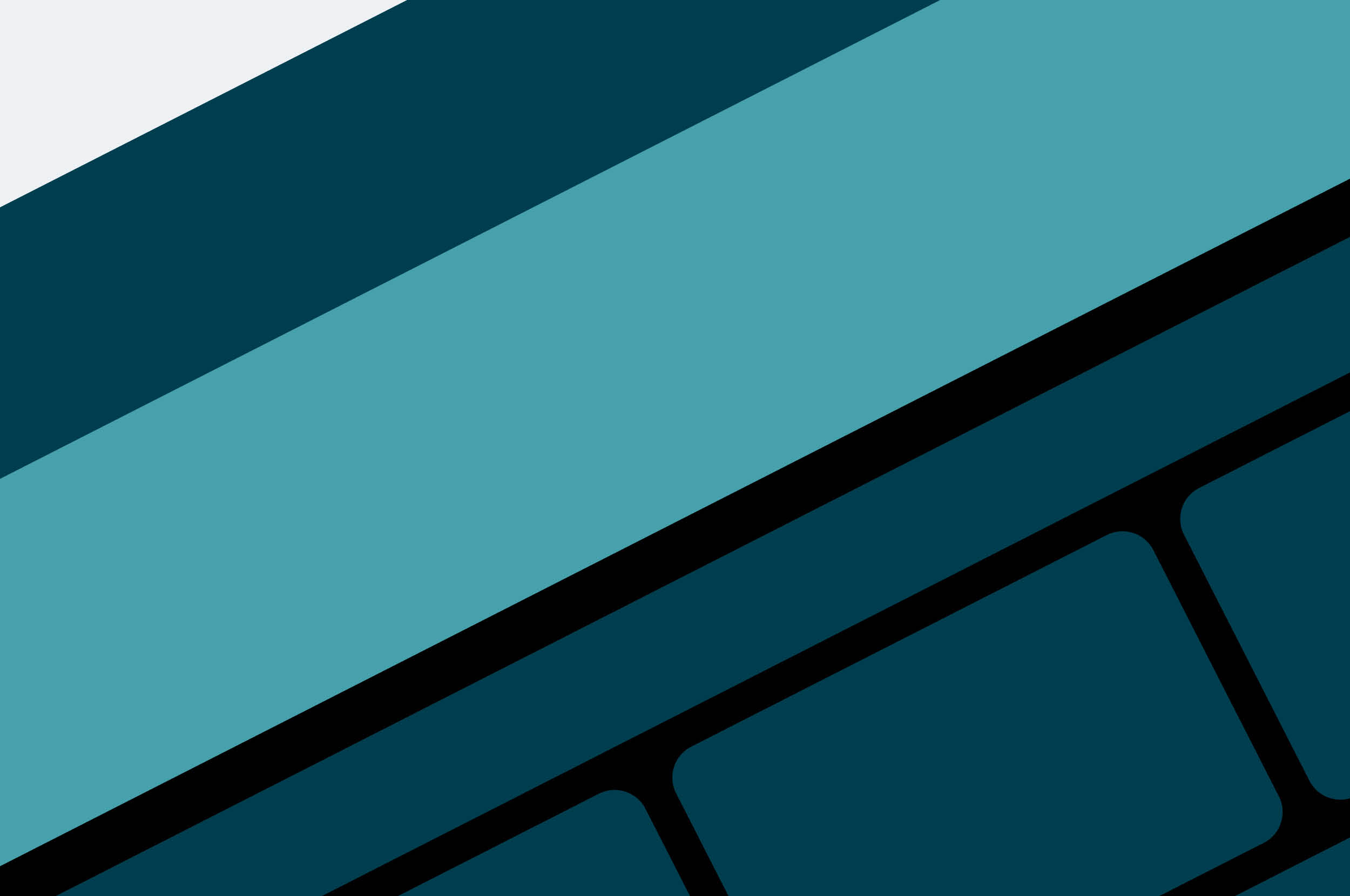Digital transformation is no longer just a buzzword— it's necessary for organizations looking to survive and thrive in today's rapidly changing world. In this article, we explore the ways in which Thoughtworks is helping organizations to achieve sustainable transformation. Thoughtworks has a unique perspective on how to become a modern digital business, and our approach centers around building blocks.
Building blocks for success
In today's fast-paced and ever-changing business landscape, companies must be agile and adaptable to stay ahead of the curve. That's where the Frictionless Operating Model comes in, the first building block in a comprehensive framework we developed. This model enables companies to absorb change seamlessly from strategy to execution, allowing them to pivot quickly and efficiently as needed.
The second building block in the framework is the Platform Strategy, a digital platform strategy that enables a company's technology to keep pace with the business strategy and environmental changes. This strategy allows companies to leverage emerging technologies and innovative solutions to streamline operations and improve efficiency.
Customer Experience and Product Design is the third building block, which helps companies to absorb customer changes and translate them into new digital experiences and product experiences in an iterative way. By constantly iterating and improving the customer experience, companies can stay ahead of the competition and keep their customers engaged and satisfied.
Data is the fourth building block, and it's essential for companies to have data platforms that can easily capture data and produce insights that generate new decisions for the company. With the right data and insights, companies can make informed decisions and stay competitive.
The fifth building block is Software Engineering Practices and Delivery Mindset. It involves treating technology organizations as the core part of the business, not as a support function or a cost. By adopting a delivery mindset, companies can accelerate the development process and bring new products and services to market quickly.
In addition to these five building blocks, we also emphasize the importance of sustainability in technology. The framework includes three horizontal building blocks focused on sustainability: Sustainability by Technology, Sustainability in Technology and Sustainability Mindset, Governance and Metrics. By incorporating sustainable practices into technology initiatives, companies can reduce their carbon footprint and positively impact the environment.
We recommend an ideal level of investment in the eight building blocks based on a company's business situation. By investing strategically in these building blocks, companies can future-proof their operations and stay ahead of the curve in today's rapidly changing business environment.
Dealing with transformation in uncertain times
To deal with transformation in uncertain times, companies must intersect three vectors. The first is to keep the company running, achievable through cost-cutting and revenue protection, among other initiatives. The second is compliance, such as sustainability objectives. Even if you’re in a recession, if you have sustainability objectives, some of them you can postpone. But if you’re in a regulated industry, some of them you won’t be able to postpone. For instance, while simply asking suppliers to cut costs by 5% may help reduce expenses, it does not represent a transformative approach to business. A more innovative solution might involve using machine learning to analyze substitute products and identify additional suppliers who can offer competitive prices without sacrificing quality.
By incorporating emerging technology in this way, the company can protect its core operations and generate new capacities for future use. This approach not only ensures compliance but also sets the stage for future innovation. So how do I protect the company's NLP and compliance? By using new technology, in such a way that I invest and generate savings, while also investing in the future. The third is using emerging technology to solve the first two vectors. By doing so, companies can generate the first step of a transformation.
What to avoid when facing digital transformation
Companies must avoid putting a mortgage on the future, that is, reducing costs in such a way so that it harms their ability to bounce back when the situation resolves. It’s important to focus on the business fundamentals without harming the technology capabilities to respond when the hiatus closes.
During times of recession, it's vital to prioritize innovation that can bring short-term advantages, such as investing in Industry 4.0 technology or AI/ML to improve their operational excellence. Likewise, Thoughtworks' Engineering Effectiveness program helps software engineering teams to adopt practices and techniques that allow them to do more work in less time. The key is to avoid falling into the mindset that innovation is only for times of crisis, but rather to decide where to allocate technology resources based on the fastest return. CTOs who see opportunities to drive technology innovation in both top and bottom lines tend to increase their ability to succeed in the organizations.
Finally, Thoughtworks is working towards shifting to sustainable organizational transformation by making technology a source of more profitable and sustainable businesses. By intercepting digital and sustainability goals, like achieving net-zero, companies can keep their transformation agendas moving forward even in uncertain times.
Disclaimer: The statements and opinions expressed in this article are those of the author(s) and do not necessarily reflect the positions of Thoughtworks.


















